What is On-Page SEO and Why is it Important?

What is On-Page SEO and Why is it Important?
On-Page SEO refers to the set of actions taken within a website to improve its ranking in search engines.
These actions include optimizing content, site structure, HTML tags, and more.
The importance of On-Page SEO lies in helping search engines better understand the site’s content, consequently increasing the site’s ranking in search results.
A website with strong On-Page SEO has a better chance of attracting organic and targeted traffic.
This type of traffic usually has a higher conversion rate because users who enter the site through search engines are looking for information or products that the site offers.
Without a strong On-Page SEO strategy, even the best content might get lost in the vast ocean of the internet.
Search engines like Google use complex algorithms to rank websites, and On-Page SEO is one of the most important factors considered in these algorithms.
By optimizing internal site elements, you can show search engines that the site has relevant and valuable content that addresses users’ needs.
As a result, the site ranks higher and attracts more traffic.
The importance of website optimization in increasing website ranking is undeniable for any online business.
Is your online sales not as expected? With Rasawweb, solve low sales and poor user experience permanently!
✅ Increase visitor-to-customer conversion rate
✅ Create an enjoyable user experience and increase customer trust
⚡ Get free consultation now!
Keyword Research for On-Page SEO
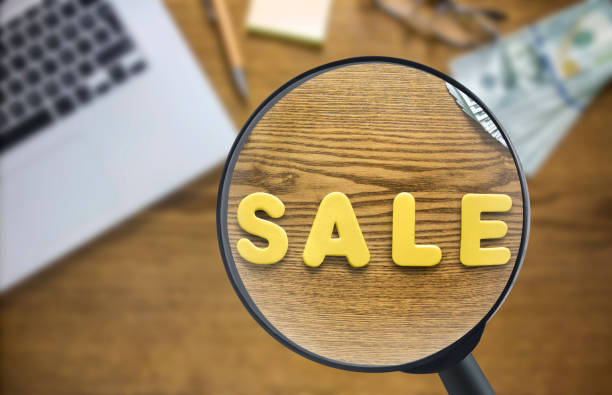
Keyword Research for On-Page SEO
Keyword research is one of the fundamental steps in On-Page SEO.
This process involves identifying the words and phrases that users enter into search engines to find the information or products they are looking for.
Choosing appropriate keywords helps you optimize your site’s content and attract more targeted traffic.
To start keyword research, you can use various tools such as Ahrefs, Ubersuggest, and Keyword Tool.
These tools provide you with information about search volume, competition level, and related keywords.
When choosing keywords, look for terms with decent search volume but not too much competition.
Also, pay attention to the relevance of keywords to your site’s content.
Keywords should be used naturally within the site’s content, and avoid overusing them.
Using Long-Tail Keywords can also help you attract more targeted traffic.
These keywords usually have lower search volume but higher conversion rates because users know exactly what they are looking for.
Using keywords is one of the ways to increase website traffic and therefore should not be underestimated.
Optimizing Titles and Meta Descriptions
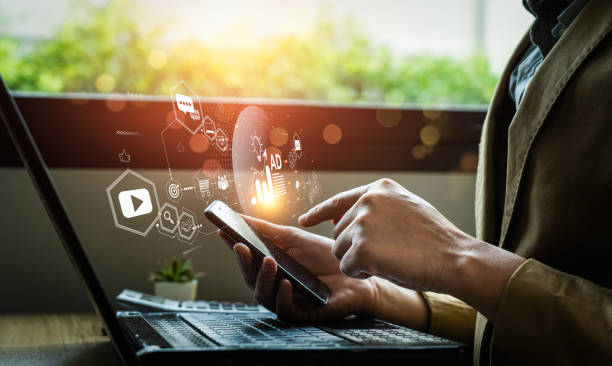
Optimizing Titles and Meta Descriptions
Titles (Title Tags) and Meta Descriptions are two important elements in On-Page SEO that are displayed in search results.
Titles are the main heading of the page displayed at the top of the browser and in search results.
Meta descriptions are also a summary of the page’s content, displayed below the title in search results.
Optimizing these two elements can significantly impact the click-through rate (CTR) and site ranking.
To optimize titles, try to use the main keywords of the page and write an engaging title relevant to the content.
The title length should not exceed 60 characters; otherwise, it might be truncated in search results.
To optimize meta descriptions, try to provide an accurate and engaging summary of the page’s content and use relevant keywords.
Meta description length should not exceed 160 characters.
Using strong verbs and creating a sense of curiosity in meta descriptions can increase the click-through rate.
The table below provides examples of optimized titles and meta descriptions.
| Page Title | Meta Description |
|---|---|
| Comprehensive On-Page SEO Guide 2024 – Increase Site Ranking | By studying this guide, familiarize yourself with On-Page SEO techniques and strategies, and increase your site’s ranking on Google. |
| SEO Training – Zero to One Hundred SEO for Beginners | In this comprehensive tutorial, learn basic SEO concepts and how to optimize your site for search engines. |
Website Content Optimization
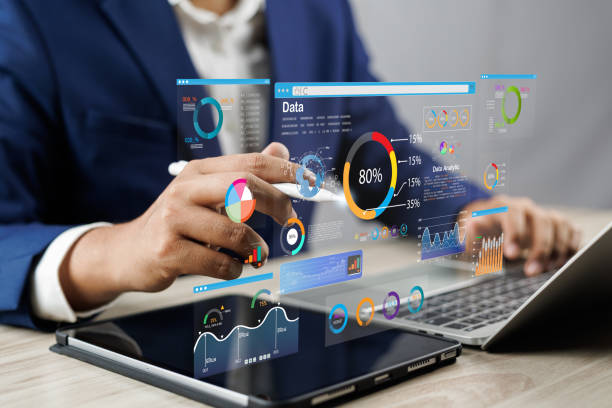
Website Content Optimization
Content is king! This statement clearly shows the importance of content in On-Page SEO.
High-quality and relevant content can attract significant traffic to your site and boost its ranking in search engines.
To optimize website content, you need to pay attention to a few points.
Firstly, the content must be valuable and useful for users.
Content that answers users’ questions and meets their needs has a higher chance of attracting traffic and shares.
Secondly, the content must be unique and original.
Copying others’ content not only doesn’t help your site’s ranking but might also lead to penalties from search engines.
Thirdly, content must be updated regularly.
Old and outdated content loses its value and may lead to a decrease in site ranking.
To update content, you can add new information, correct spelling and grammatical errors, and fix broken links.
Fourthly, content must be optimized for keywords.
Keywords should be used naturally within the site’s content, and avoid overusing them.
Also, use related and synonymous keywords to make the content more appealing to search engines.
Content creation and its optimization for search engines require considerable time and effort.
Did you know that 94% of the first impression of a company is related to its website design?
Rasawweb, by providing professional corporate website design services, helps you create the best first impression.
✅ Create a professional and trustworthy image of your brand
✅ Easier attraction of potential customers and improved online standing
⚡ Get free corporate website design consultation
Optimizing Images for SEO
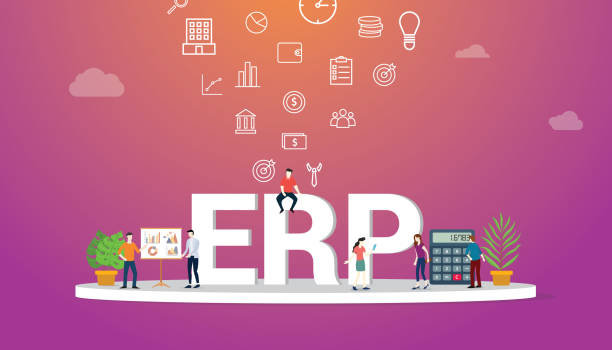
Optimizing Images for SEO
Images play an important role in website attractiveness and effectiveness.
Optimizing images for On-Page SEO can help improve site ranking and increase traffic.
To optimize images, you need to pay attention to a few points.
Firstly, image file sizes should be optimized.
Large images can slow down website loading speed and affect user experience.
To reduce image size, you can use image compression tools like TinyPNG and ImageOptim.
Secondly, use Alt tags for images.
An Alt tag is text displayed if an image fails to load and helps search engines understand the image’s content.
The Alt tag should be descriptive and relevant to the image’s content, and use relevant keywords.
Thirdly, use appropriate file names for images.
File names should be descriptive and relevant to the image’s content, and use relevant keywords.
Avoid using generic file names like image1.jpg.
Fourthly, use the appropriate format for images.
JPEG and PNG formats are suitable for web images.
JPEG format is better for images with many colors, and PNG format is more suitable for images with fewer colors and transparency.
Image optimization is one of the most important tips for increasing website speed.
Optimizing URL Structure

Optimizing URL Structure
URL structure is another important factor in On-Page SEO.
Appropriate and optimized URLs can help search engines better understand the site’s content and increase its ranking.
To optimize URL structure, you need to pay attention to a few points.
Firstly, URLs should be short and descriptive.
Long and complex URLs make it difficult for search engines to understand page content.
URLs should include relevant keywords and have a logical structure.
Secondly, use hyphens (-) to separate words in the URL.
Hyphens are the best method for separating words in a URL and help search engines correctly identify words.
Thirdly, use lowercase letters in URLs.
Using uppercase letters in URLs might cause issues in some systems, and it’s better to use lowercase.
Fourthly, avoid using unnecessary parameters in URLs.
Parameters can complicate the URL and make it difficult for search engines to understand page content.
If possible, avoid using parameters and use static, understandable URLs.
Optimizing internal links can significantly impact improving website SEO.
A good URL can play an important role in website SEO.
For example, a good URL should be short, relevant to the page, and readable.
Using HTTPS is also one of the factors that plays a role in URL optimization.
Importance of Internal Linking

Importance of Internal Linking
Internal Linking refers to the process of creating links between different pages of a website.
Internal linking can help improve a site’s On-Page SEO, as it helps search engines better understand the site’s structure and identify important pages.
Internal linking can also help improve user experience by allowing users to easily navigate between different pages of the site and find the information they need.
For effective internal linking, you need to pay attention to a few points.
Firstly, links should be relevant to the page’s content.
Linking to irrelevant pages can confuse users and decrease site ranking.
Secondly, use appropriate anchor text.
Anchor text should be descriptive and relevant to the destination page’s content, and use relevant keywords.
Thirdly, links should be placed naturally within the page’s content, and avoid overusing links.
Fourthly, link more to important pages of the site.
Pages that are important to you and whose ranking you want to increase in search engines should be linked to more often.
Optimizing internal links is very important for improving website SEO.
| Source Page | Anchor Text | Destination Page |
|---|---|---|
| Homepage | SEO Training | SEO Training Page |
| SEO Training Page | On-Page SEO | Comprehensive On-Page SEO Guide Page |
Optimizing Website Loading Speed
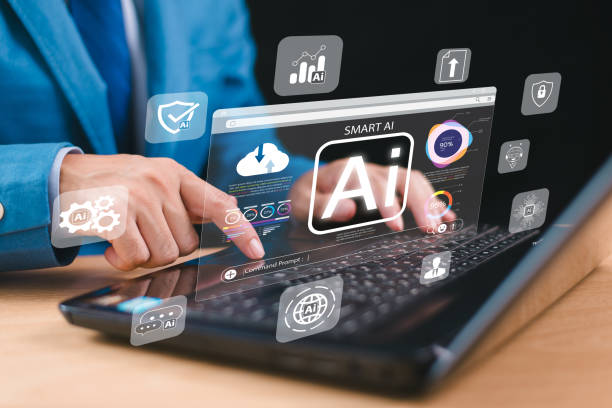
Optimizing Website Loading Speed
Website loading speed is an important factor in user experience and On-Page SEO.
Users who encounter a slow-loading website are likely to leave and look for an alternative.
Search engines also value website loading speed, and sites with higher loading speeds achieve better rankings.
To optimize website loading speed, you can use various tools such as Google PageSpeed Insights and GTmetrix.
These tools provide you with information about factors that reduce website loading speed and suggest solutions for improvement.
Some common solutions for optimizing website loading speed include: optimizing images, enabling Gzip compression, using a CDN (Content Delivery Network), reducing the number of HTTP requests, and using caching.
By taking these actions, you can significantly improve your site’s loading speed and enhance the user experience.
One of the main factors in increasing website ranking is improving site speed.
Is your online sales not as expected? With Rasawweb, solve low sales and poor user experience permanently!
✅ Increase visitor-to-customer conversion rate
✅ Create an enjoyable user experience and increase customer trust
⚡ Get free consultation now!
Mobile Optimization
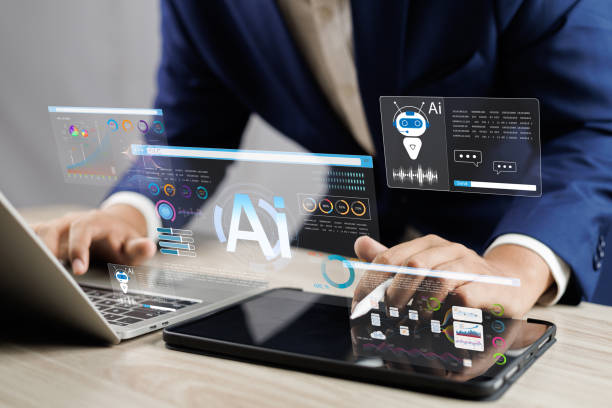
Mobile Optimization
Given the increasing use of mobile devices to access the internet, optimizing websites for mobile (Mobile-Friendly) is of paramount importance.
Search engines give better rankings to websites that are optimized for mobile.
To optimize your site for mobile, you should use responsive design.
Responsive design allows the site to automatically adapt to the screen size of various devices.
Also, use readable fonts and large buttons so that mobile users can easily interact with the site.
Website loading speed on mobile devices is also very important.
Mobile users often use slow internet, and sites with high loading speeds have a better chance of attracting and retaining users.
Using AMP (Accelerated Mobile Pages) can also help improve site loading speed on mobile devices.
Website optimization for mobile is one of the most important aspects of On-Page SEO.
Monitoring and Analyzing On-Page SEO

Monitoring and Analyzing On-Page SEO
After implementing On-Page SEO actions, you should regularly monitor and analyze your site’s performance.
Monitoring and analysis help you identify your site’s strengths and weaknesses and improve your On-Page SEO strategies.
To monitor and analyze On-Page SEO, you can use various tools such as Google Analytics and Google Search Console.
These tools provide you with information about site traffic, incoming keywords, bounce rate, time spent on site, and other important metrics.
By examining this information, you can understand which site pages are performing well and which ones need improvement.
Also, you can find out which keywords attract the most traffic to your site and which ones need optimization.
Using this information, you can continuously improve your On-Page SEO strategies and increase your site’s ranking in search engines.
To achieve success in website SEO, data review and analysis are among the most important requirements.
Frequently Asked Questions
| Question | Answer |
|---|---|
| What is On-Page SEO? | It refers to the set of actions taken within a website to improve its ranking in search engines. |
| Why is On-Page SEO important? | Because it helps search engines better understand your site’s content and structure, and improves user experience. |
| What are the most important elements of On-Page SEO? | Title and meta descriptions, keywords, URL structure, quality content, image optimization, internal linking, and site speed. |
| How to optimize Title Tags and Meta Descriptions? | The title should include the main keyword and be engaging, and the meta description should be a compelling summary of the content with relevant keywords. |
| What is the role of keywords in On-Page SEO? | Keywords inform search engines about the page’s content and should be used naturally and intelligently within the text. |
| How is image optimization for On-Page SEO done? | By compressing size, using descriptive file names, and filling the Alt tag with relevant descriptions and keywords. |
| What is Internal Linking and what is its use? | It is connecting different pages of the website to each other. This helps distribute page authority and improve search engine crawling. |
| What is the importance of site loading speed in On-Page SEO? | High speed improves user experience and is an important ranking factor for search engines like Google. |
| What is the effect of site responsiveness (Mobile-Friendliness) on On-Page SEO? | Given the increase in mobile users, responsiveness is essential for providing a suitable user experience across all devices and for Google’s mobile-first indexing priority. |
| What are the important content-related factors in On-Page SEO? | Originality, quality, comprehensiveness, readability, proper use of headings (H1, H2,…), and regular content updates. |
And other advertising agency services by Rasawweb in the field of advertising
- Smart Brand Identity: A combination of creativity and technology to increase click-through rates by customizing user experience.
- Smart Digital Branding: A combination of creativity and technology for analyzing customer behavior through precise audience targeting.
- Smart Direct Marketing: A novel service for improving SEO ranking through SEO-driven content strategy.
- Smart Conversion Rate Optimization: Designed for businesses seeking customer acquisition through intelligent data analysis.
- Smart Data Analysis: A fast and efficient solution for digital branding focusing on attractive user interface design.
And hundreds of other services in the field of internet advertising, advertising consultation, and organizational solutions
Internet Advertising | Advertising Strategy | Advertorial
Sources
Complete On-Page SEO Guide on Ramzico
Techniques to Increase Site Ranking with On-Page SEO on Aftabnet
What is On-Page SEO? Faradars Guide
On-Page SEO Strategies for Success on Modir.tv
? With “Rasawweb Afarin”, a leading digital marketing agency, transform your business in the online world. From custom website design to comprehensive SEO and content marketing strategies, we provide smart solutions for your sustainable growth.
📍 Tehran, Mirdamad Street, next to Bank Markazi, Kazeroon Jonubi Alley, Ramin Alley, No. 6

